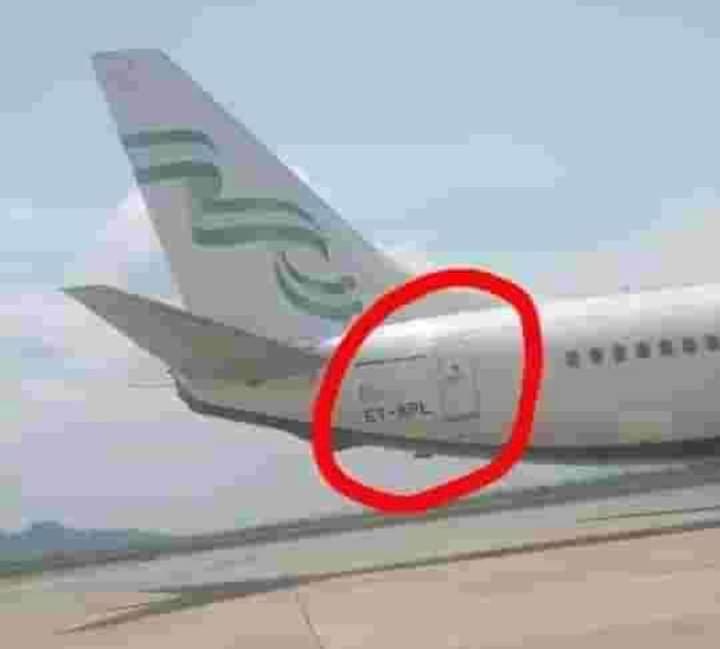There is growing disquiet amongst leading world powers following leakages of critical military wares to developing nations especially from old Russia to India.
Otherwise, the collapse of the Soviet Union in 1991 scattered its military hardware among twelve newly independent republics. One such piece of hardware was the relatively new aircraft carrier Baku. Built in Ukraine, named after an Azeri city and inherited by Russia, today Baku is known as the Vikramaditya, flagship of the Indian Navy.
A modern flat-top equipped with MiG-29 fighters and the most powerful ship native to the Indian Ocean region, how Vikramaditya went from Soviet to Indian service is one of the more interesting naval stories of the post–Cold War era.
As the navy of Eurasia’s dominant land power, the Soviet Navy rarely received enough resources to fulfill the wish lists of its admirals. The Soviet Navy was largely restricted to two key missions: attacking and destroying American capital ships, particularly aircraft carriers, and protecting bastions sheltering the country’s sea-based nuclear forces.
One class of ship, the Kiev class of heavy aviation cruisers, was designed to do both. 896 feet long and displacing forty-five thousand tons, the four ships of the Kiev class were a combination guided-missile cruiser and aircraft carrier. Each ship carried eight to twelve P-500 Bazalt supersonic antiship missiles, up to sixteen Kamov Ka-25 antisubmarine warfare and utility helicopters, and a dozen or more Yak-38 fighters, the Harrier jump jet’s only peer. Kiev and its sister ships Minsk, Novorossiysk and Baku could pursue American carriers, destroying them with nuclear-tipped antiship cruise missiles, or protect Soviet ballistic-missile submarines from surface and subsurface attack.
The breakup of the Soviet Union in 1991 left the newest heavy aviation cruiser, Baku, in Russian hands and with an awkward name—Baku was now the capital of an independent Azerbaijan. The ship was renamed Admiral Gorshkov, after the architect of the modern Soviet fleet, but served for only five years on reduced status due to the financial chaos that followed the USSR’s breakup. The ship’s short career in the Russian Navy included a boiler accident that killed six Russian sailors and injured many others. Although the Gorshkov was returned to service a year later, the decision was made in 1996 to put it up for sale.
In the meantime, India was shopping for a new aircraft carrier, with the elderly INS Viraat set to retire in 2007. In 2004 India and Russia made a deal: India would receive the Gorshkov for free in exchange for $974 million in repairs and upgrades. The work would be done by Russia’s Sevmash shipyards, which had long specialized in submarines but had never worked on an aircraft carrier before.
Russia promised to transform the ship into a real aircraft carrier, removing the twelve Bazalt antiship missiles and 192 SA-N-9 surface-to-air missiles. In their place would go a full-length aircraft carrier flight deck just over nine hundred feet long, and a ski ramp on the bow to assist jets in takeoff. The revamped carrier could carry up to twenty-four MiG-29K naval fighters and another ten Kamov helicopters. The carrier would receive new air-surveillance radars, new boilers, arrestor wires for landing aircraft, and deck elevators to transport aircraft from the hangar to the flight deck. The work would be done by 2008, leaving India without a carrier for just one year. The “new” carrier would be named Vikramaditya after a first-century Indian emperor.
In 2007, with delivery to India just around the corner, Sevmash reported Vikramaditya was only 49 percent complete and that cost overruns would cost the Indian Navy another $2 billion. After years of haggling and the intervention of then Russian president Dmitri Medvedev, New Delhi agreed to a final budget of $2.23 billion. The ship entered sea trials in 2012 and was commissioned into the Indian Navy as INS Vikramaditya in November 2013.
Vikramaditya’s air wing normally consists of sixteen MiG-29K fighters and up to ten Kamov, Chetak and Sea King helicopters. The Indian Navy purchased forty-five MiG-29Ks, but even these have not been without controversy: 62 percent of the engines purchased to go along with the twin-engine fighters were rejected due to “design-related defects” and the reliability rate of the planes themselves range from a poor 40 percent to a dismal 20 percent. This is particularly troubling as the fighter is meant to equip India’s first domestically produced aircraft carrier, Vikrant, and its third carrier, Vishal.








